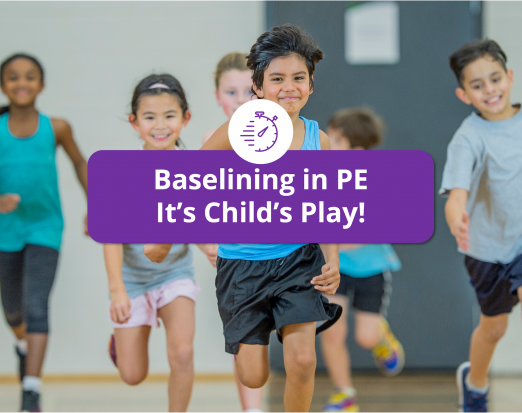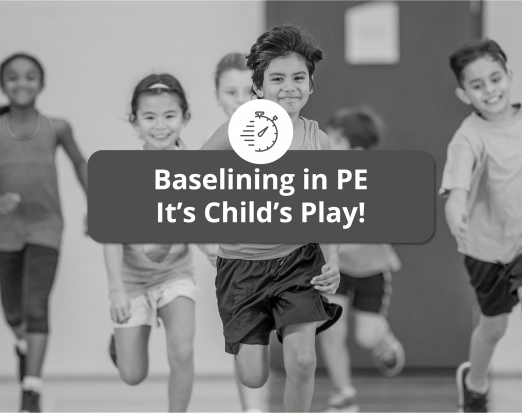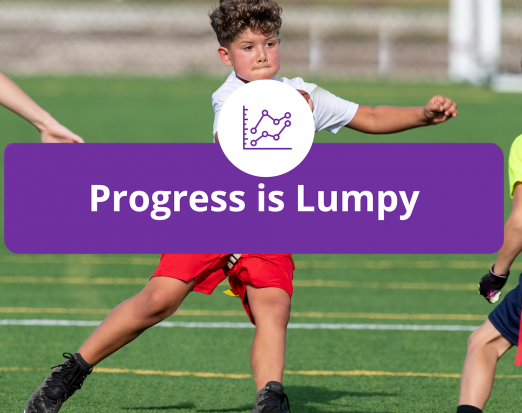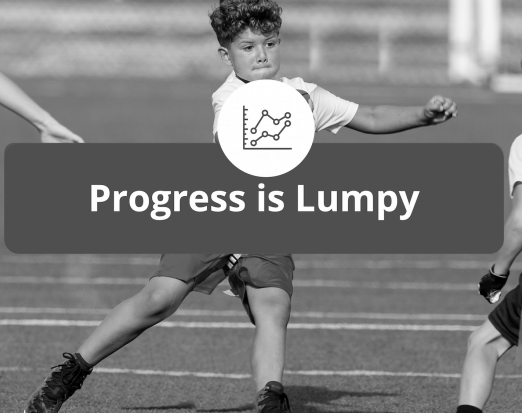Never miss a chance to dance!
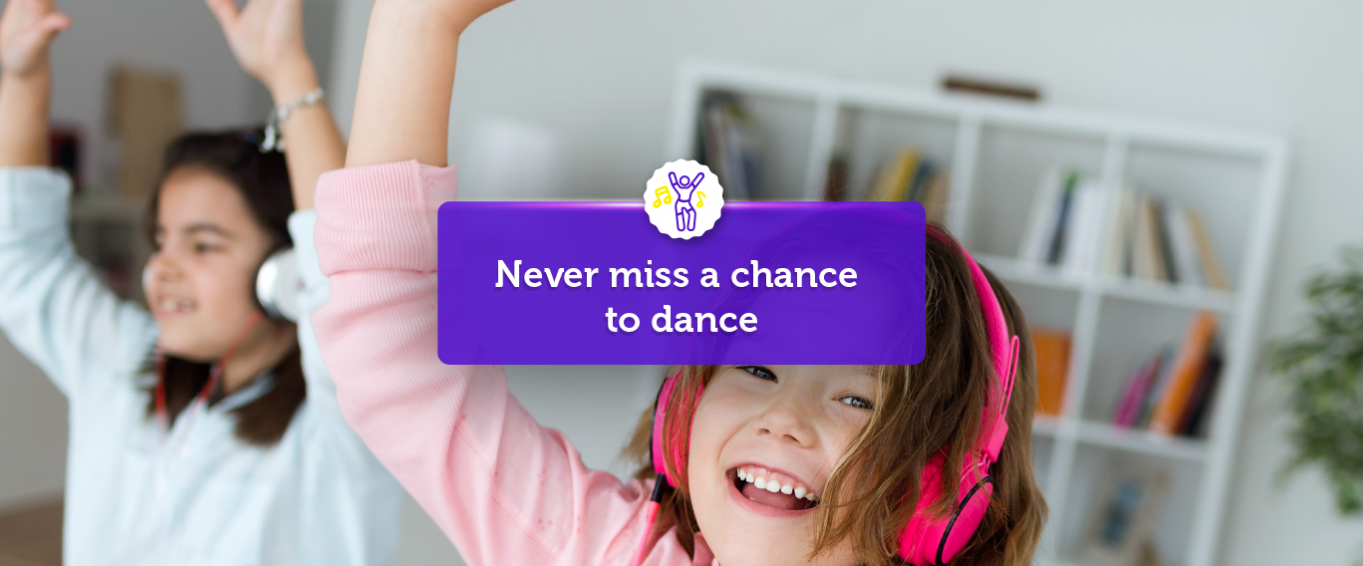
The Primary School PE Curriculum requires children to dance with either simple movement patterns or a range of movement patterns depending on their Key Stage, but other than the curriculum requirement, the benefits of dance are plentiful.
Dance can provide many Physical, Wellbeing and Creative benefits and more importantly the inclusive nature of the activity means that all children of all abilities can access Dance. Dance can also provide an alternative solution to traditional Physical Education Activities – not every child enjoys playing Football, Rugby or Netball, but when delivered properly, everyone can engage with and enjoy dance.
You don’t even need to wait for PE! Why not tuck in your chairs and throw some shapes in the classroom to reduce sedentary behaviour and to refocus the children?
We examine the benefits to dance below and provide teachers (that may not be dance trained) with some helpful tips to be able to deliver high quality dance activities for their children.
Physical Benefits to Dance!
Participating in Dance can support the development of the ABC’s – Agility, Balance and Coordination, due to moving through different planes of movement, at different speeds and on different points of contact with the floor. Agility, Balance and Coordination are not only specifically identified as part of the PE Curriculum, but can also be transferred to a whole host of other sports meaning that dance can aid in overall improvements with some different sports skills.
Children that dance regularly can also expect to see developments in their strength and flexibility and depending on the intensity of the intensity of the exercise, dance could also support improvements in aerobic fitness and cardiovascular fitness.
Psychological and Social Benefits to Dance!
As children develop their dance abilities and further control of their bodies, many children find that they have increased self-esteem and self-confidence. As dance can be performed, individually or as part of a group or team, dance seems to take the pressure of individual children at primary school – think of a group of children that play football and that one child that doesn’t get involved because they feel like they are letting the team down – dance doesn’t do this, and that means that all children can have a real sense of achievement and accomplishments.
Dance can also improve mental dexterity. Being able to express yourself quickly and freely is a skill that everyone should have. Due to the creative elements of dance and the fact that it engages both sides of the brain, means that problem solving skills and the ability to do just this can be developed.
Dance is also a great way to improve social skills. As many dances are performed together, the need for teamwork, collaboration and exceptional communication skills are key to success and children will develop these skills as they continue to practice.
Developing Creativity and Wellness!
Children that participate in dance activities will also see that their spatial awareness skills will improve, due to their improved control of their bodies and the need to follow choreographed routines, or just to ensure their own personal safety when moving in free dance patterns.
Dance, like all forms of physical activity, is a great way to relieve stress and anxiety, combining the activity with music can also support a sense of wellbeing and happiness. Dance can also support children to recognise rhythm, recognise and create patterns and to problem solve. Skills that are important for the wider world.
Top Tips to Teaching Dance
Dance is a specialist subject and it can be difficult to deliver for teachers that have not trained in dance activities so we have created some top tips just in case you are in this position.
- Keep things simple – There are lots of famous dances and lots of resources to help support your delivery, use them!
- Tell a story – Why not integrate dance into some of your topic work, it can be easier for some teachers to tell the story, rather than choreograph a full dance.
- Why not try street dance? – Street Dance for beginning can be taught through a series of individual techniques. This can make things more manageable for teachers.
- Let the children lead – The school sports mark requires children to lead activities – there is no better opportunity! Play some music, ask the children to be imaginative and develop their own routines.
- Sign Up to the Healthy Schools Portal – We have all the resources you need to manage all of your school dance requirements. Why not sign up for free to take advantage of them now!
